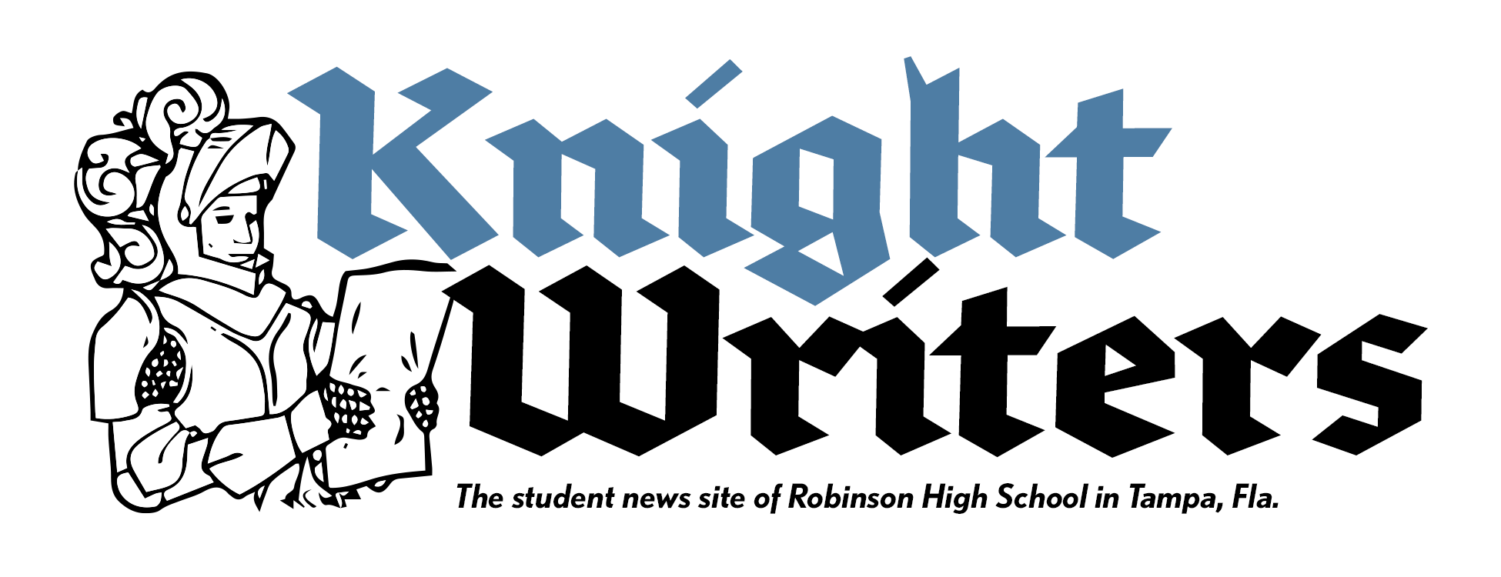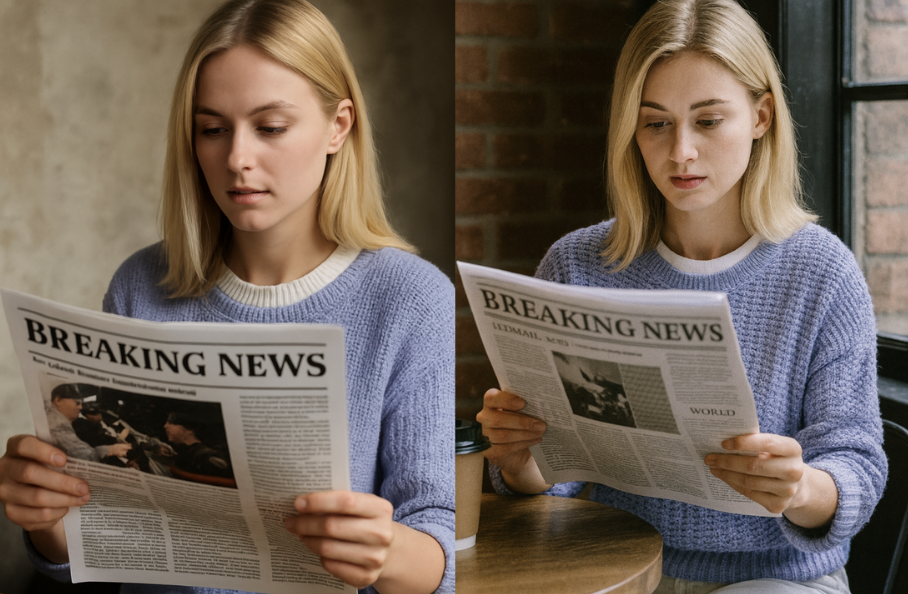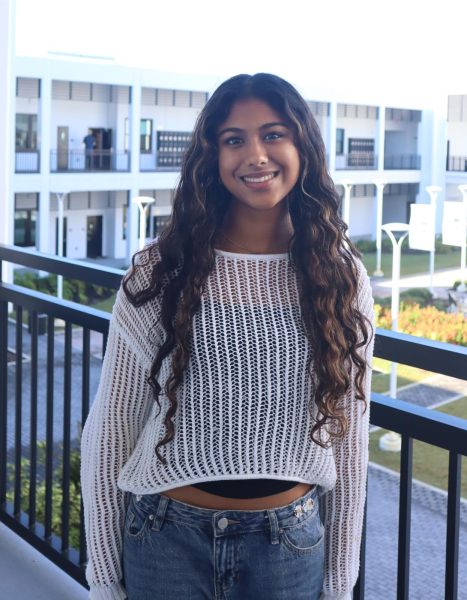It’s 8 p.m. and I’m chilling in my room after a long day of school and sports, when my mom bursts in with an excited look on her face, “look at this video of all these bunnies jumping on a trampoline!” I let out a long sigh and had to do the painful task of squashing her joy and say, “mom that’s AI.” Her face falls, “Are you sure, how can you tell?” My only response is, “how can you not tell?”
According to the UNESCO Institute for Statistics, digital literacy involves the confident and critical use of a full range of digital technologies for information, communication and basic problem-solving in all aspects of life. Digital literacy means more than just knowing how to use Google Docs or make a Canva slideshow. It’s about being able to think critically online: spotting misinformation, evaluating sources, protecting your privacy and, most relevantly, recognizing when something might be AI-generated.
The older generation seems to sadly lack this skill, as parents often fall for AI-generated or deepfake content, but it’s not just them. Especially due to the latest political turbulence, the distribution of fake news has been extremely prevalent, causing the younger generation to fall victim to digital illiteracy. As people increasingly circulate around fake headlines and AI-generated videos, it’s getting harder to separate fact from fiction.
“Digital literacy is a very complex and nuanced issue that I feel like has multiple and almost sort of nebulous interpretation, and it reflects the issues with the digital literacy where like people don’t necessarily understand what it even is. What it means to be digitally literate. And that’s part of the problem,” philosophy teacher James Buchanan said.
It’s so easy to believe something you saw on Tiktok, and even if you try to fact check it, it can often just be verified through other social media sources, never fully containing the concrete evidence seen in the news or in written publications. In class, students rely on AI-generated summaries without realizing the information might be inaccurate.
“I’ll see things online and I don’t know if they’re true, so I try to look them up. But even when you do that, it seems like all the sources are very biased and like it’s very polarized. Also I don’t know what to believe in,” Reid Taggart (’26) said. “Not to mention, the algorithm just gives me what I want to hear because it kind of like knows what I believe in. So it feels like really hard to find like genuine facts, because everything is biased, social media is often my main form of news.”
Additionally, AI-powered search engines are commonly utilized for research and citations, which AI is known to misquote and often leave researchers without credit. Although at the high school level plagiarism isn’t the worst offense, the digital illiteracy effect has spread to university students as well, where the consequences are much more steep, commonly leading to academic probation or expulsion. These moments show just how much we need digital literacy.
“I’ve started to notice when like images are AI generated, they all have that yellow like tint and it’s a certain font too, that AI only uses. Generative AI keeps like growing, and if you pay attention to the details you can see people using AI generated images everywhere,” Tori Rodriguez (’26) said. “I think definitely older generations have even more trouble figuring that out like, what is AI and what is real? But sometimes even for younger generations it’s hard, because AI has advanced so much that like now even AI videos look real, like really real.”
So what could that education look like? Instead of just teaching coding/computer studies in middle school, schools could build digital literacy into multiple subjects. In English, students might practice fact-checking articles and identifying AI-written essays. In history, they could compare how reliable different news sources are when covering the same event. In science, classes could use AI tools, but also discuss their limitations and ethical use. By implementing these lessons into existing courses, digital literacy becomes a natural part of education rather than an afterthought.
“You have to be able to look at things on the Internet and be able to recognize the veracity, the viability and the integrity of what you’re looking at. So being able to determine trusted sources is invaluable as like a starting point,” Buchanan said.
Being literate has expanded from just reading novels to navigating a world of tweets, TikToks and AI essays. That means essential skills now include evaluating sources, recognizing manipulated media, practicing cybersecurity and collaborating through digital platforms. These aren’t just nice-to-have abilities, they’re the skills employers will expect in future careers. Some college admissions essays are already expecting to know students’ stance on how they plan to adapt to this digitally-evolving world. If our generation can master digital literacy, we won’t simply keep up with technology, we’ll learn to question it, use it responsibly and make sure it serves everyone.


